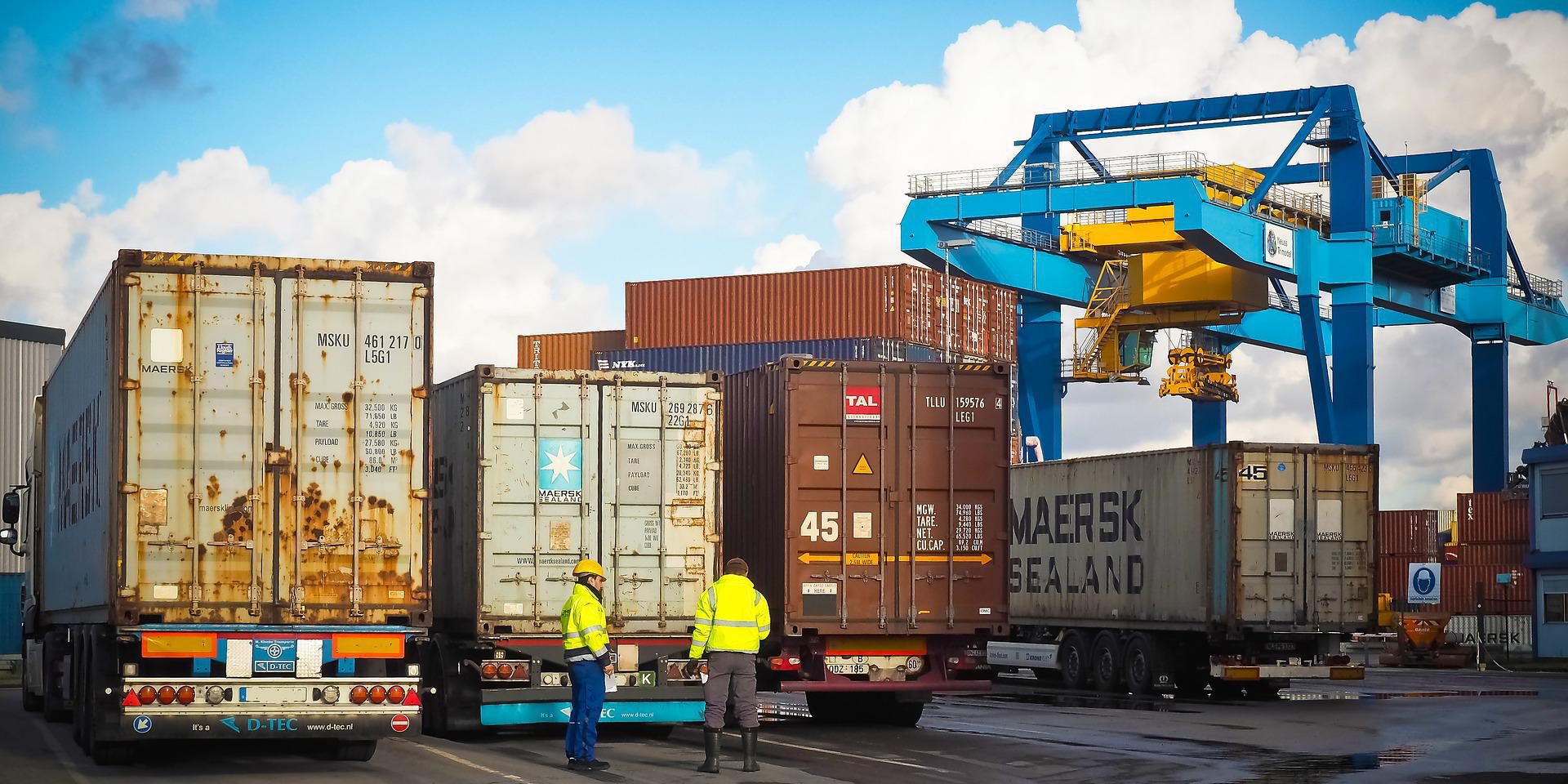We research: Digitalization as an asset for the logistics chains in the Satakunta region
In our society, almost every activity needs logistics. But logistics often goes unnoticed, especially when it is working well. Logistics is a daily, round-the-clock operation that is carefully planned, follows minute-by-minute schedules, and has an overall impact on the security of supply. Digitalization has brought the logistics industry opportunities to operate in an easier, more efficient, and more meaningful way.

Strengthening the logistics chains of the region
The SaLoDi project (Digitalisation of Satakunta's logistics chains) of the Satakunta University of Applied Sciences is investigating how digitalization could be used to further develop the logistics sector in the Satakunta region, and how a unified digital system could serve the logistics operators in the area. The project also aims to highlight the importance of logistics in the supply chain and stimulate a discussion on logistics among the business community and decision-makers as well as logistics operators in Satakunta.
The objectives of the project are based on the Satakunta Growth Opportunity report. The report was published as the Covid-19 pandemic crisis demanded rethinking of how to ensure the functioning of processes and the impact of the pandemic on business and society. The situation created by Covid-19 was by all accounts a new situation for modern society, as the functions of society were not running as they had been used to.
In the past, the Maritime Logistics Research Center has carried out some amazing research and development work, including the Port Activity App mobile application. The application enables maritime logistics operators to improve their efficiency by being informed in a just-in-time manner about, for example, the arrival of a ship. The idea behind the SaLoDi project has been to extend this application model to land transport and the overall management of the logistics chain.
The results aim to serve the economy of Satakunta, which is why the project focuses on the specific characteristics of Satakunta from the logistical perspective. The synergies between the two strong cities Pori and Rauma also emerged as a development concept.
The objectives of SaLoDi research and development are:
- ensuring the security of supply
- guaranteeing and strengthening the competitiveness of industry and business in the Satakunta region
- the development of cooperation between operators in the logistics chains
- supporting the achievement of environmental objectives using digitalization.
Digitalization as a tool in logistics
Digitalization enables logistics operators to enhance their processes. The optimization increases both efficiency and meaningfulness of the work. Digitalization has become one tool among others. The information it generates is rich and valuable, but unfortunately often remains unused.
The main purpose of the SaLoDi project is to investigate the potential and willingness of local logistics operators to use a common digital system, covering the logistics chain from the port, along roads, for example, to the industrial park, and in particular from production to the end user. The system would provide each operator with the information they need in real time and of equal value to all parties. The project has explored how logistics operations could take advantage of the digital world, for example in the Pori/Rauma - Tampere Digirail pilot and the development of the Highway 8 Smart Road.
Digitalization, used in the right way, creates opportunities. It is an important tool for efficient and productive work, but it must not be a self-purpose.
Cooperation in key role
The research has been carried out by conducting a series of extensive interviews with logistics companies in Satakunta. Research information has been gathered by contacting a wide range of actors in the sector. The study has drawn on the expertise of both port operators and representatives of land transport companies. Discussions with representatives of the industrial parks in the region and with the societal stakeholders also formed part of the study. There is also cooperation with the committees of the chambers of commerce on transport and logistics.
The study is limited to three pilot themes: 1) forest industry transport and container transport, 2) technological metal industry and 3) food transport. The themes were selected because these are important transport logistics sectors in Satakunta region.
The information will be made available to all operators in the logistics and transport sector in the region and to the entire business community. The aim is to develop a concrete common digital system for logistics operators and thus produce information that serves all parts of the logistics chain, from the start to the end of the chain. The logistics chain involves many different actors, each of which has a significant contribution to make to the chain's performance. It would be great if, for example, the Port Activity App developed earlier could be extended to highways and railways to serve both operators and subscribers.
